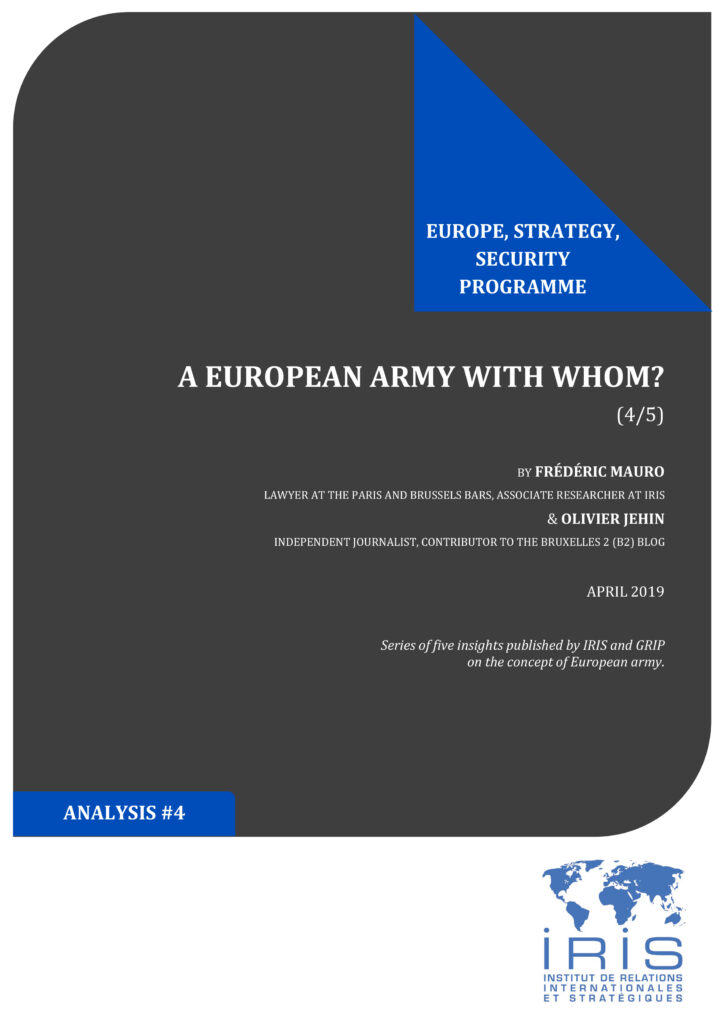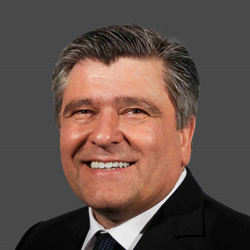Notes / Europe, Union européenne, OTAN
29 avril 2019
A European Army with whom? (4/5)

The constitution of an integrated European army capable of acting autonomously begs the question: “with whom”? Which European states would be its founder members?
To answer this question without reference to political circumstances that could change at any time, let us postulate that in any complex institutional construction, in other words one that is made up of unequal entities, from simple co-ownership to a federal state or the European Union, there is a triangle of incompatibility between the principles of unity, effectiveness and unanimity: you can only have any two of the three at the same time. If we accept this hypothesis, three types of architecture emerge as options.
“Inclusive” architecture allows us to achieve unity whilst preserving unanimity, in other words the sovereign nature of the states that make up the entity in question. The price to be paid is that it will, to a greater or lesser extent, be ineffective.
The concept of the “avant-garde”, on the other hand, aims to achieve effectiveness whilst preserving unanimity in making decisions, but at the expense of the group’s unity: only a limited number of participants are allowed in or, at the very least, only those that are willing and able. This historically dated route has never produced anything tangible in the field of defence and now looks completely impracticable.
This is why we must now consider the only architecture that has never been attempted in the field of defence, one that has proven its worth in other areas, particularly monetary policy, and which preserves unity without sacrificing effectiveness. It is the architecture of a Defence Eurogroup, within which decisions will be made by qualified majority…


